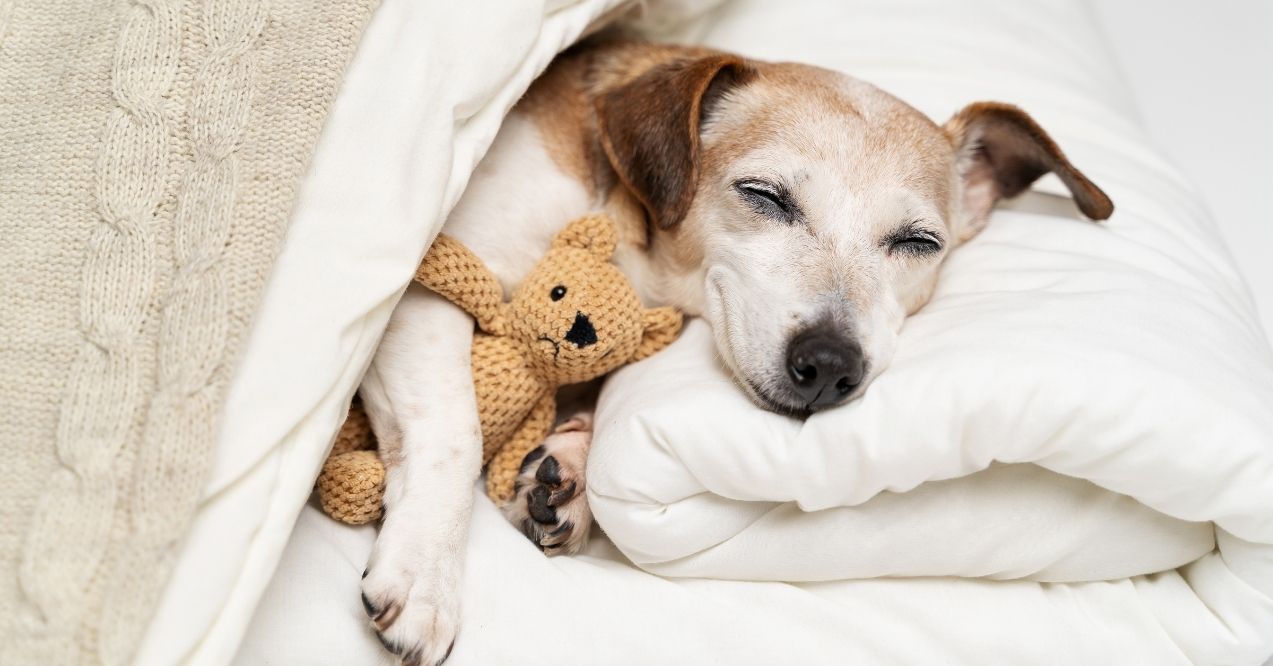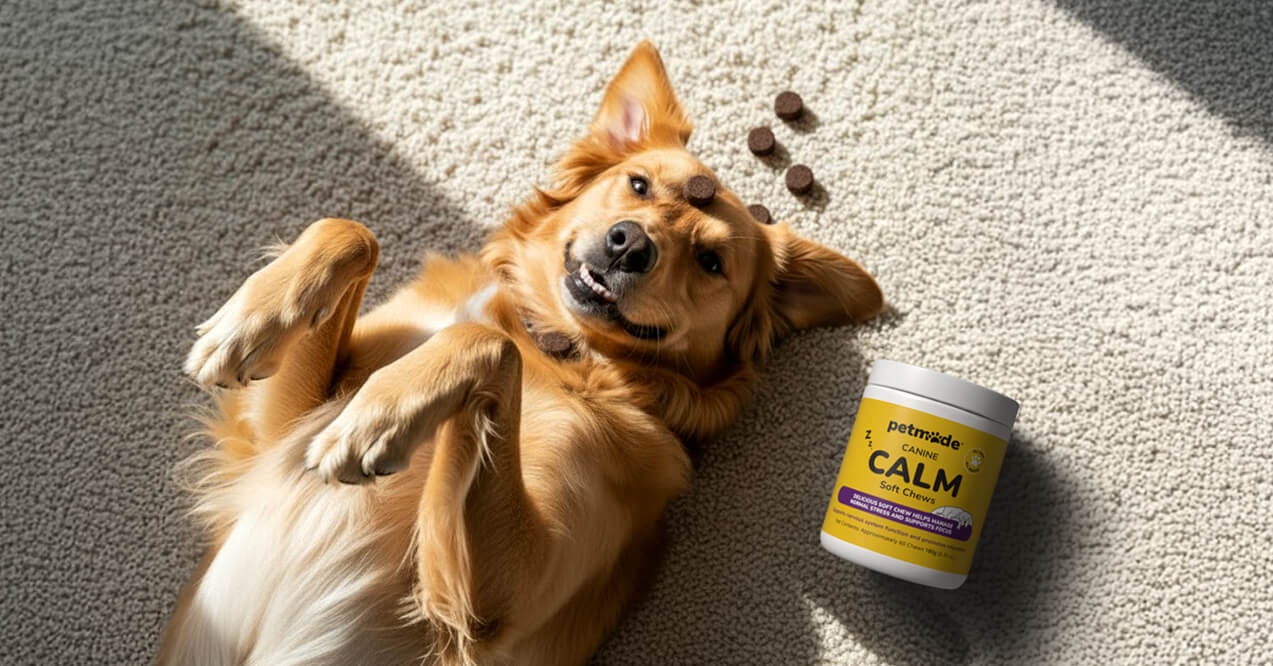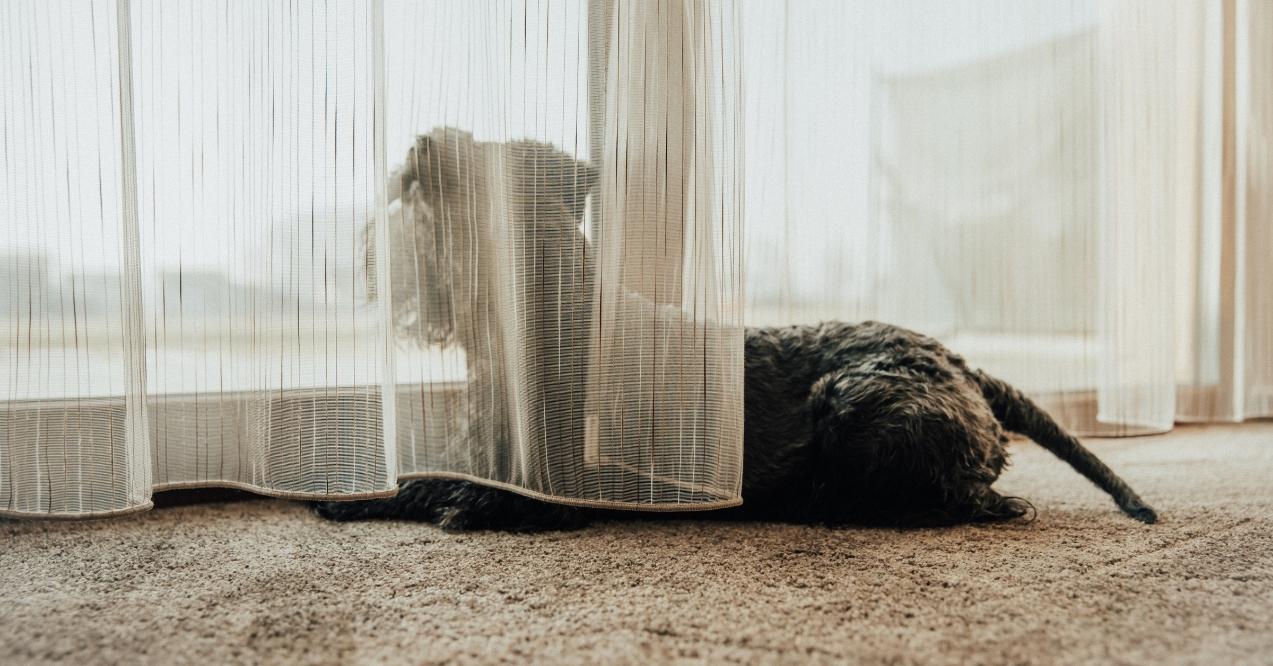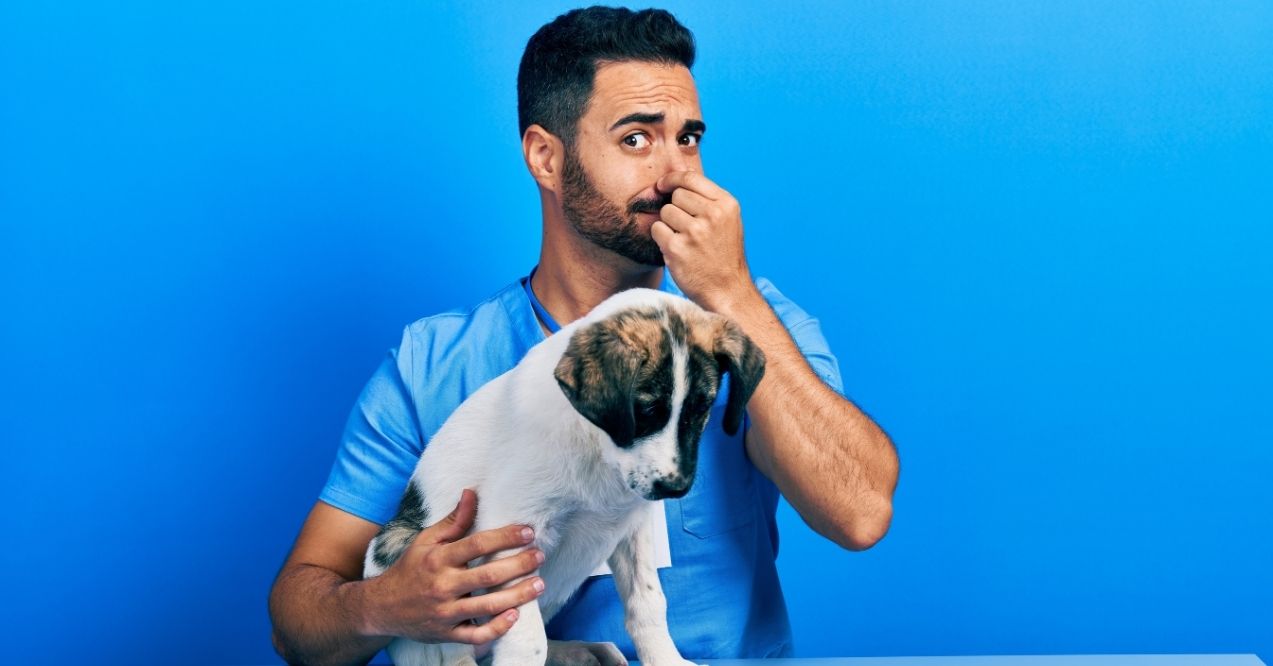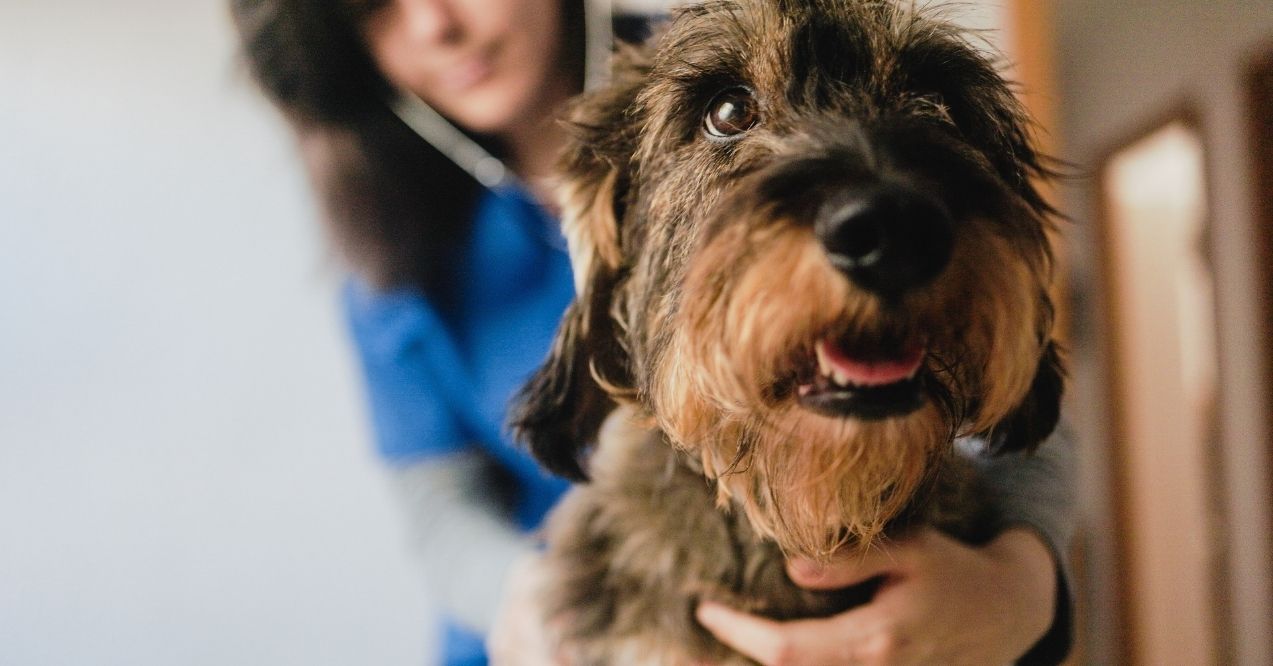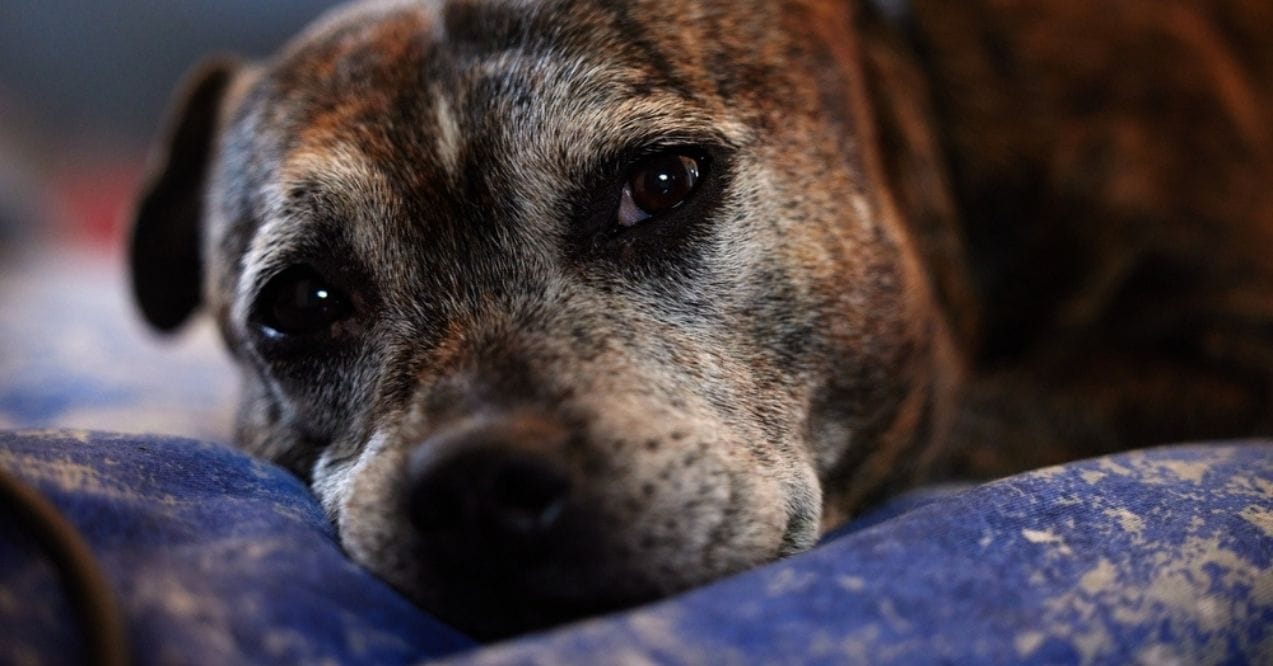Do Older Dogs Sleep More?
You’ve probably noticed your once-energetic companion spending more time snoozing on their favorite spot. That bouncing ball of energy who used to wake you at dawn now sleeps through breakfast. This shift in sleep patterns often catches pet parents off guard, leaving them wondering if all this extra rest is normal.
So, do older dogs sleep more? Most senior dogs naturally sleep more as they age. Just like people, dogs experience physical and mental changes that affect their rest needs. While increased sleep is typically nothing to worry about, knowing what’s normal helps you spot when something might need attention. This guide explores why older dogs sleep more, what healthy rest looks like, and simple ways to support your aging friend’s comfort.
Do Older Dogs Sleep More Than Adults or Puppies?
Yes, older dogs sleep considerably more than their adult counterparts. While adult dogs average 12-14 hours of sleep daily, senior dogs often rest 14-18 hours. This increase mirrors puppyhood sleep patterns, though for entirely different reasons.
Puppies sleep extensively because they’re growing. Their bodies and brains need rest for development. Senior dogs sleep more due to the natural aging process. Their bodies work harder to maintain daily functions, making rest essential for recovery.
The transition happens gradually. Most dogs start showing increased sleep needs around age 7 for larger breeds and 10 for smaller ones. Each dog ages differently, so watch for individual changes rather than focusing solely on age numbers.
How Many Hours Do Senior Dogs Sleep?
Senior dogs typically sleep 14-20 hours per day, though this varies widely. Breed plays a significant role. Giant breeds like Mastiffs may sleep 18 hours, while smaller terriers might rest only 14. Activity level, overall health, and individual personality all influence sleep duration.
Working breed seniors often maintain slightly lower sleep hours due to their ingrained drive. Guardian breeds tend toward the higher end, having always been naturally inclined to conserve energy between protection duties. Your dog’s baseline matters most. A Border Collie sleeping 16 hours represents a bigger change than a Bulldog doing the same.
What’s “Too Much” Sleep for an Older Dog?
While senior dogs sleep a lot naturally, sudden increases deserve attention. Watch for changes in your dog’s typical pattern rather than comparing to averages. A dog who normally sleeps 15 hours suddenly sleeping 20 signals something’s shifted.
Key warning signs include:
- Difficulty waking or extreme grogginess
- Missing meals to continue sleeping
- No interest in favorite activities
- Sleeping through bathroom needs
Track your dog’s sleep for a week to establish their normal. Note sleep locations, duration, and quality. This baseline helps you recognize meaningful changes versus natural day-to-day variations.
Why Do Older Dogs Sleep So Much?

Understanding why older dogs sleep more helps pet parents provide better support. The reasons span physical changes, mental shifts, and environmental factors. Each contributes to increased rest needs in unique ways.
Natural Energy Decline
Aging bodies require more recovery time. Muscles lose mass and strength, making simple activities like climbing stairs more taxing. Metabolism slows, affecting energy production at the cellular level. Joint stiffness means movement takes extra effort, naturally leading to more rest between activities.
Your senior dog isn’t being lazy—they’re conserving energy for essential tasks. A 10-minute walk may require the same recovery as an hour-long hike did in younger years. This efficiency helps them maintain quality of life while managing reduced physical capacity.
Cognitive and Sensory Changes
Mental changes affect sleep patterns significantly. Some seniors experience confusion during evening hours, disrupting normal sleep cycles. They may nap more during daylight when they feel secure, compensating for restless nights. Hearing and vision decline can make dogs feel less connected to their environment, leading to withdrawal and increased sleep.
Sleep becomes fragmented—instead of deep, restorative rest, they experience multiple short sleep sessions. This pattern leaves them feeling less refreshed, creating a cycle of needing more sleep to achieve the same restoration.
Emotional and Environmental Factors
Stress and anxiety often increase with age. Changes in routine, new pets, or household noise can overwhelm senior dogs. Sleep becomes their coping mechanism—a safe retreat from confusing or stressful situations. Loneliness also plays a role, especially for dogs whose human companions work long hours.
Environmental factors like temperature sensitivity increase with age. Senior dogs may sleep more during extreme weather, seeking comfort through rest. Household activity levels influence sleep too—calm homes promote longer, deeper rest periods.
Sleep Quality vs. Sleep Quantity in Senior Dogs
Counting sleep hours tells only part of the story. A senior dog sleeping 16 hours of fragmented, restless sleep feels worse than one getting 14 hours of quality rest. Understanding sleep quality helps identify when your older dog sleeping a lot indicates contentment versus discomfort.
Quality sleep shows in behavior—dogs wake refreshed, show interest in activities, and maintain regular eating patterns. Poor sleep manifests through daytime confusion, irritability, or excessive daytime napping after restless nights. Observing how your dog sleeps matters as much as tracking duration.
Signs of Restful vs. Disrupted Sleep
Restful sleep looks peaceful. Dogs breathe deeply and evenly, occasionally twitching during dreams. They settle quickly into comfortable positions and stay relatively still. Upon waking, they stretch leisurely and seem alert.
Disrupted sleep shows through:
- Frequent position changes
- Panting or whimpering during rest
- Choosing unusual sleep locations
- Difficulty settling down
- Waking startled or confused
Watch for patterns – occasional restless nights happen, but consistent sleep disruption needs attention.
When an Older Dog Sleeping More Might Signal a Problem
Sometimes increased sleep signals your dog needs support. Sudden changes in sleep patterns often indicate discomfort or other shifts in wellbeing. If your normally active senior suddenly sleeps through meal times or favorite activities, they may be communicating through rest.
Physical discomfort from arthritis or digestive issues can manifest as excessive sleep. Dogs instinctively rest when feeling unwell. Similarly, confusion or anxiety may lead to sleep as an escape. Knowing the signs your dog is getting old helps differentiate normal aging from concerns needing attention.
How to Support Better Sleep for Your Senior Dog
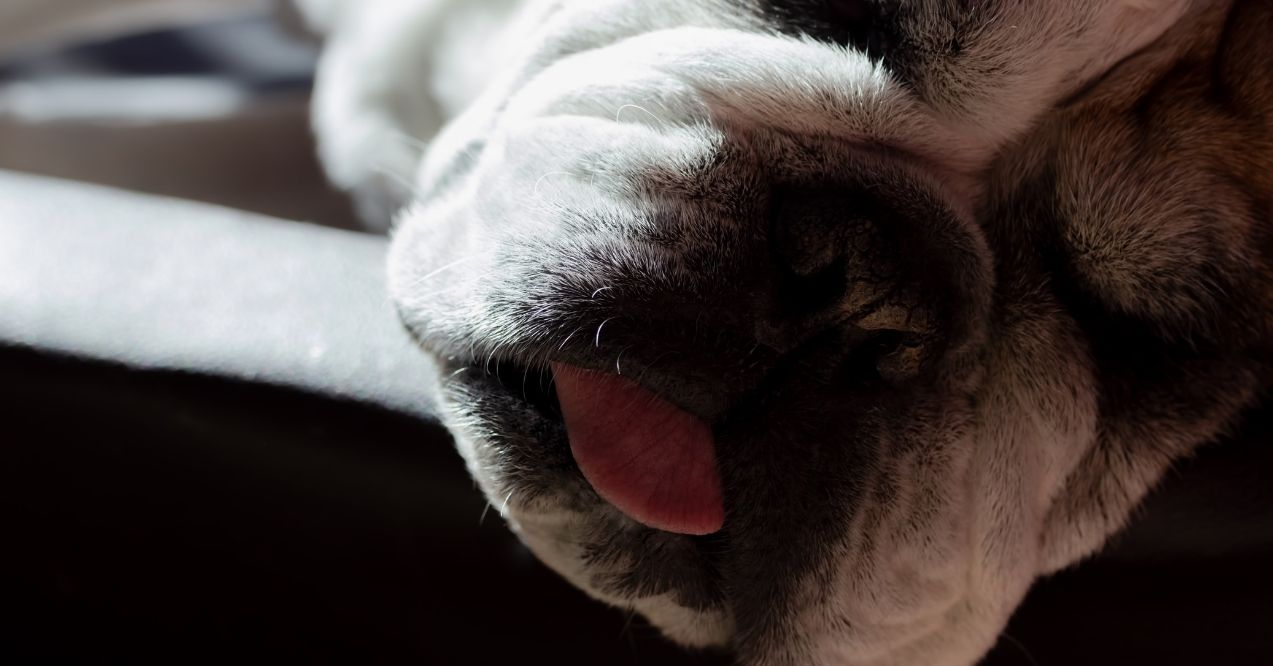
Creating optimal sleep conditions dramatically improves your senior dog’s quality of life. Small adjustments to their environment and routine can transform restless nights into restorative sleep.
Start by observing your dog’s current sleep preferences. Do they seek warm spots or cool tiles? Prefer elevation or ground level? Learning how to care for a senior dog encompasses sleep as a vital component of overall wellness. These simple strategies make a meaningful difference.
Create a Quiet, Cozy Sleep Environment
Location matters for quality rest. Choose a quiet area away from household traffic but close enough for your dog to feel connected. Many seniors appreciate having multiple rest spots – a main bed for nighttime and comfortable day napping areas.
Consider these environmental factors:
- Supportive bedding that cushions aging joints
- Consistent temperature without drafts
- Gentle night lighting for dogs with vision changes
- Easy bed access without jumping or climbing
Add Gentle Daily Movement
Balanced activity promotes better sleep. Short, frequent walks work better than long excursions for most seniors. Mental stimulation through sniff walks or puzzle feeders provides enrichment without physical exhaustion. Time activities for mid-morning or early afternoon, allowing proper wind-down before evening rest.
Swimming offers excellent low-impact exercise for dogs with joint concerns. Even five minutes of gentle movement improves circulation and promotes deeper sleep. Avoid intense activity close to bedtime—aim for calm evening routines instead.
Keep a Simple Sleep Tracker
Tracking helps identify patterns and changes early. Note sleep times, locations, and quality observations. Include relevant factors like weather, household activities, or diet changes. After two weeks, patterns emerge showing your dog’s normal rhythm.
Simple tracking reveals valuable insights:
- Preferred sleep times and duration
- Environmental factors affecting rest
- Early signs of discomfort or changes
- Effectiveness of comfort improvements
This information proves invaluable during veterinary visits, providing concrete examples rather than vague concerns.
Conclusion
Senior dogs do sleep more. It’s a natural part of aging that reflects their changing physical and mental needs. While adult dogs average 12-14 hours of rest, seniors often need 14-20 hours daily. This increase stems from energy conservation needs, not laziness or illness.
Focus on sleep quality alongside quantity, watching for sudden changes rather than gradual increases. Simple environmental adjustments, gentle exercise, and consistent routines significantly improve rest quality. When sleep patterns shift dramatically or other concerning signs appear, consulting your veterinarian ensures your faithful companion gets the support they deserve during their golden years.
Senior dogs typically sleep 14-20 hours daily, varying by breed, size, and individual health. Larger breeds often sleep more than smaller ones.
Yes, boredom can increase sleep. Mental stimulation through gentle activities, puzzle feeders, or new scents helps maintain healthy wake-sleep balance in senior dogs.
Aging naturally increases sleep needs due to slower metabolism, reduced energy, and physical changes. Excessive sleep may also indicate discomfort or other health considerations.
Gradual sleep increases are normal aging. Worry when sleep patterns change suddenly, your dog misses meals, or shows no interest in favorite activities.
Generally yes—large breeds like Great Danes may sleep 18-20 hours, while small breeds like terriers often sleep 14-16 hours, though individual variation exists.
Advertisement. This site offers health, wellness, fitness and nutritional information and is designed for educational purposes only. You should not rely on this information as a substitute for, nor does it replace, professional medical advice, diagnosis, or treatment. If you have any concerns or questions about your health, you should always consult with a physician or other health-care professional. Do not disregard, avoid or delay obtaining medical or health related advice from your health-care professional because of something you may have read on this site. The use of any information provided on this site is solely at your own risk.
